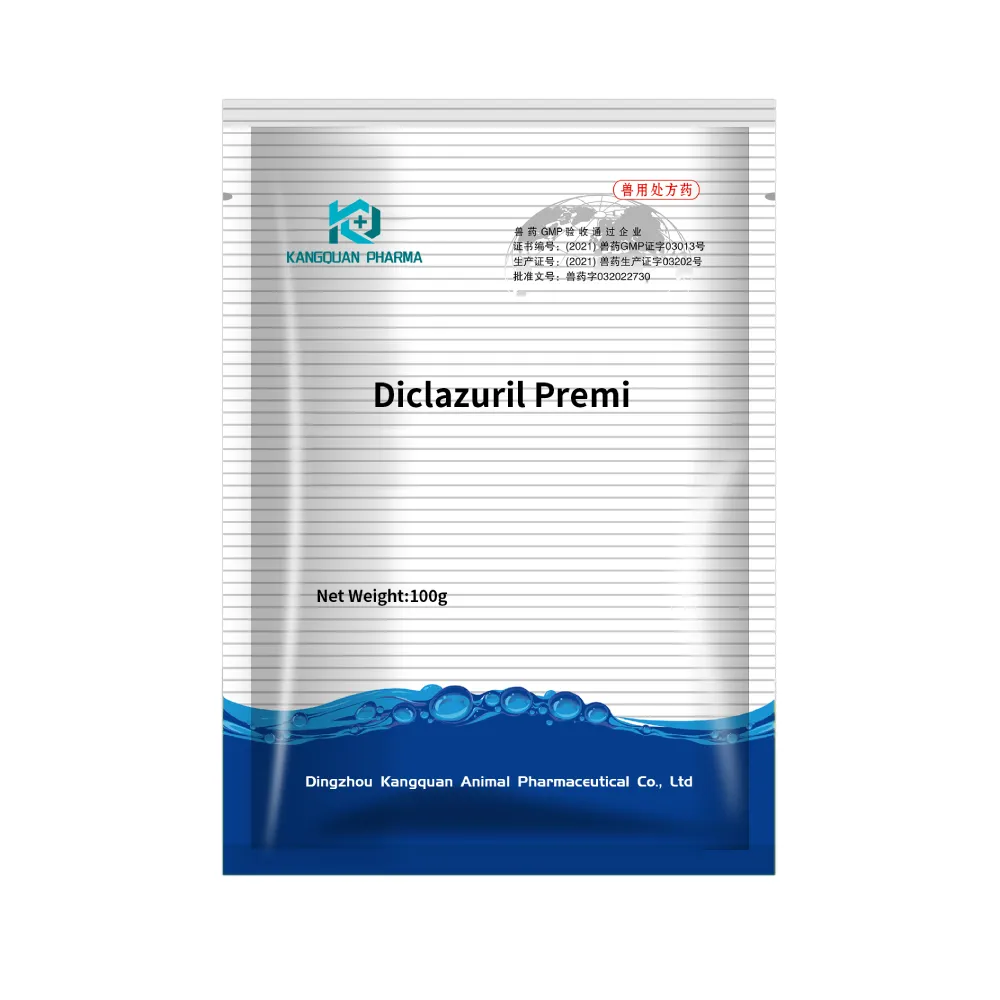- Afrikaans
- Albanian
- Amharic
- Arabic
- Armenian
- Azerbaijani
- Basque
- Belarusian
- Bengali
- Bosnian
- Bulgarian
- Catalan
- Cebuano
- Corsican
- Croatian
- Czech
- Danish
- Dutch
- English
- Esperanto
- Estonian
- Finnish
- French
- Frisian
- Galician
- Georgian
- German
- Greek
- Gujarati
- Haitian Creole
- hausa
- hawaiian
- Hebrew
- Hindi
- Miao
- Hungarian
- Icelandic
- igbo
- Indonesian
- irish
- Italian
- Japanese
- Javanese
- Kannada
- kazakh
- Khmer
- Rwandese
- Korean
- Kurdish
- Kyrgyz
- Lao
- Latin
- Latvian
- Lithuanian
- Luxembourgish
- Macedonian
- Malgashi
- Malay
- Malayalam
- Maltese
- Maori
- Marathi
- Mongolian
- Myanmar
- Nepali
- Norwegian
- Norwegian
- Occitan
- Pashto
- Persian
- Polish
- Portuguese
- Punjabi
- Romanian
- Russian
- Samoan
- Scottish Gaelic
- Serbian
- Sesotho
- Shona
- Sindhi
- Sinhala
- Slovak
- Slovenian
- Somali
- Spanish
- Sundanese
- Swahili
- Swedish
- Tagalog
- Tajik
- Tamil
- Tatar
- Telugu
- Thai
- Turkish
- Turkmen
- Ukrainian
- Urdu
- Uighur
- Uzbek
- Vietnamese
- Welsh
- Bantu
- Yiddish
- Yoruba
- Zulu
9 月 . 12, 2024 02:44 Back to list
Oxytetracycline 20 - Broad-Spectrum Antibiotic for Livestock and Aquaculture
Exploring the Benefits and Uses of Oxytetracycline
Oxytetracycline, a broad-spectrum antibiotic, has established itself as a vital medication in both human and veterinary medicine. Initially discovered in the 1940s, this tetracycline derivative has been invaluable in treating a range of bacterial infections. Understanding its uses, mechanisms, and implications is essential for both healthcare professionals and patients.
Mechanism of Action
Oxytetracycline works by inhibiting protein synthesis in bacteria. It achieves this by binding to the 30S ribosomal subunit, preventing the attachment of aminoacyl-tRNA to the mRNA-ribosome complex. This disruption halts bacterial growth and replication, making it effective against a variety of gram-positive and gram-negative bacteria. Its ability to penetrate tissues and reach effective concentrations in various body compartments further enhances its efficacy.
Medical Applications
One of the primary applications of oxytetracycline is in treating respiratory tract infections, urinary tract infections, and skin infections. It is particularly effective against pathogens such as Streptococcus pneumoniae, Chlamydia, and Mycoplasma species. Additionally, oxytetracycline is often employed in the treatment of acne due to its antibacterial properties that target acne-causing bacteria like Propionibacterium acnes.
oxytetracycline 20

Moreover, its broad range of activity extends to zoonotic diseases, making it a preferred choice in veterinary medicine. Farmers often utilize oxytetracycline to treat infections in livestock, helping to manage health in agricultural settings. Its role in aquaculture is also significant, with the antibiotic used to control diseases in fish farming, ensuring the health of aquatic species and food safety.
Considerations and Resistance
Despite its efficacy, the use of oxytetracycline is not without challenges. The emergence of antibiotic resistance is a growing concern in both human and veterinary medicine. Overuse and misuse of antibiotics can lead to resistant strains of bacteria, diminishing the effectiveness of treatments. Therefore, it is crucial for healthcare providers to prescribe oxytetracycline judiciously and adhere to established guidelines.
Conclusion
In summary, oxytetracycline remains a cornerstone in the antibiotic arsenal. Its effectiveness against a variety of infections, combined with its applications in veterinary medicine, underscores its importance. However, the threat of antibiotic resistance necessitates careful consideration in its use. As we continue to navigate the changing landscape of infectious diseases, oxytetracycline will likely play a crucial role in ensuring patient and animal health, provided that it is used responsibly. Future research and development may also lead to better formulations and alternatives, further enhancing our ability to combat bacterial infections effectively.
-
The Power of Radix Isatidis Extract for Your Health and Wellness
NewsOct.29,2024
-
Neomycin Sulfate Soluble Powder: A Versatile Solution for Pet Health
NewsOct.29,2024
-
Lincomycin Hydrochloride Soluble Powder – The Essential Solution
NewsOct.29,2024
-
Garamycin Gentamicin Sulfate for Effective Infection Control
NewsOct.29,2024
-
Doxycycline Hyclate Soluble Powder: Your Antibiotic Needs
NewsOct.29,2024
-
Tilmicosin Premix: The Ultimate Solution for Poultry Health
NewsOct.29,2024













